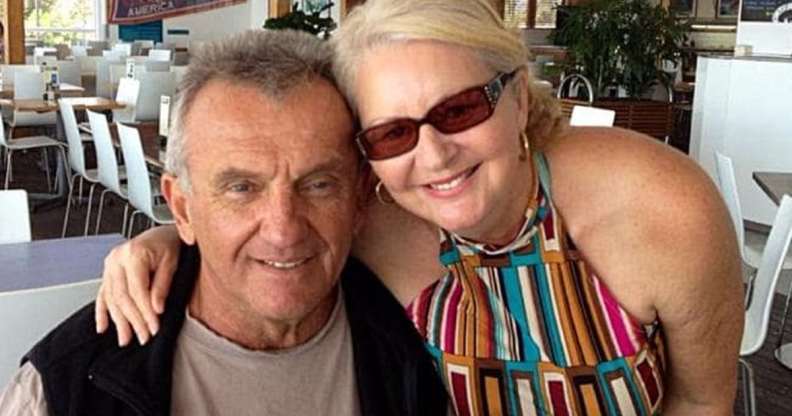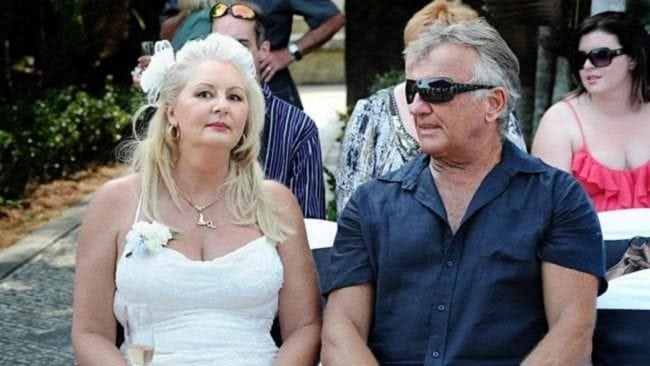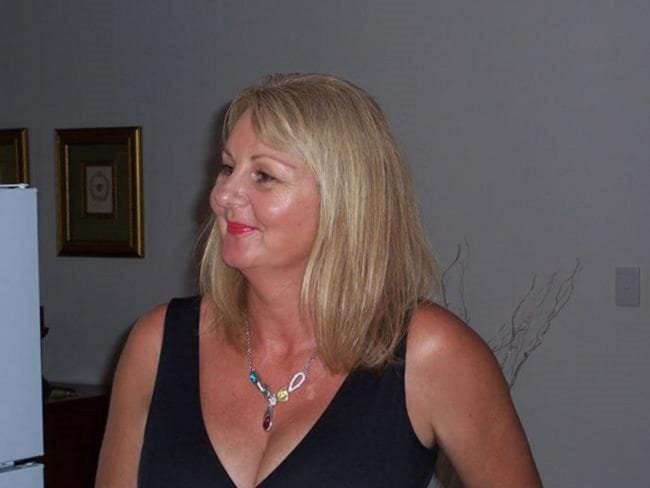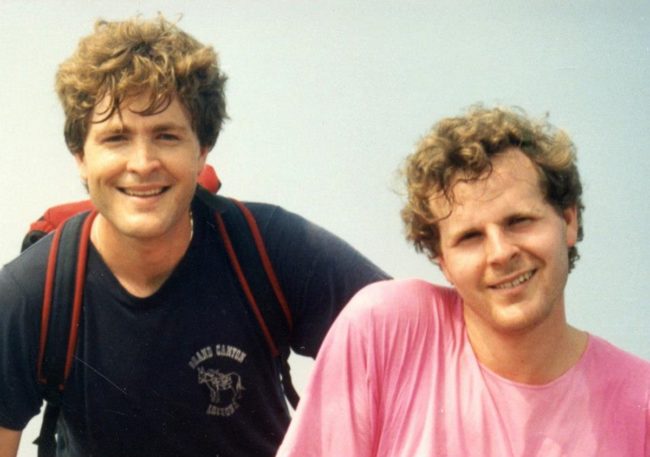Woman who dumped bisexual boyfriend’s remains and set them on fire: ‘I found him headless’

Lindy Yvonne Williams and George Gerbic (Facebook)
Lindy Yvonne Williams and George Gerbic (Facebook)
A woman who dumped her partner’s dismembered torso and set it ablaze has denied murdering him, saying that he was decapitated when she found him.
Lindy Yvonne Williams claimed on Monday (July 16) that George Gerbic became violent at their Sunshine Coast home in September 2013 after she confronted him over his sexuality, cutting her with a knife before slipping in her blood and hitting his head.
She locked herself in her bedroom overnight before coming out the next day to find the 66-year-old unconscious, Williams told the Supreme Court in Brisbane just weeks after one of Australia’s largest police forces admitted that the unsolved deaths of tens of gay men were likely homophobic hate crimes.

Lindy Yvonne Williams said she discovered her partner’s disembodied torso wrapped in plastic (Facebook)
The defendant said in a recorded interview that after fleeing the house for two days, she returned to find that her boyfriend’s head, arms and legs were all missing, with his torso wrapped in plastic on the floor, according to the Australian Associated Press.
Williams has previously pleaded guilty to interfering with Gerbic’s corpse after she admitted she had dumped his torso by the side of a road around 50 miles from their home, before setting fire to it.
Police managed to identify the charred torso by using prescription medicine samples, visiting the couple’s home in July 2014, where Williams said that Gerbic had travelled to Brazil for the World Cup.

Williams initially said Gerbic was in Brazil for the World Cup (Facebook)
She also told authorities Gerbic had recently emailed her with an invite to meet him in Hawaii.
Once police had found nothing to suggest Gerbic had left Australia, Williams tearfully told them that he had cut her on the arm, before slipping on her blood and smacking his head on the corner of the kitchen counter.
Crown prosecutor Todd Fuller QC said: “She told (a friend) that George had cut her after he confronted him about him being gay and having a male partner.”
Williams also told the authorities that Gerbic had a “bad temper,” struggled with his sexuality and used a second phone to keep up a relationship with a man.
The defendant’s lawyer, Simon Lewis, said Gerbic’s death was the result of an accident, and that Williams’ efforts to cover it up by burning the remains and saying Gerbic was abroad did not mean she was guilty of murder.
“This isn’t a whodunnit,” Lewis told the Brisbane court.
“It might be a howdunnit. It’s more about the circumstances in which a disaster has occurred.”
The defence did not suggest how Gerbic came to be decapitated or dismembered in its opening statements.
In May, it was revealed that New South Wales police had discovered 88 cases where gay men had died under suspicious circumstances between 1970 and 1990 in Sydney and the surrounding area.

The report followed an investigation prompted by an initial inquest into the death of Scott Johnson (R)(Facebook/Justice for Scott Johnson)
As well as the investigation conducted by New South Wales police, LGBT health and advocacy charity ACON previously issued their own analysis of the 88 deaths.
In ACON’s report, the charity also concluded that many of the deaths can be linked to both homophobia and inadequate investigations by police at the time.
The report published in May followed an investigation prompted by an initial inquest into the death of Scott Johnson, a 27-year-old mathematician who was found dead at the bottom of a 200-foot cliff in 1988.
The trial at the Supreme Court in Brisbane continues.

